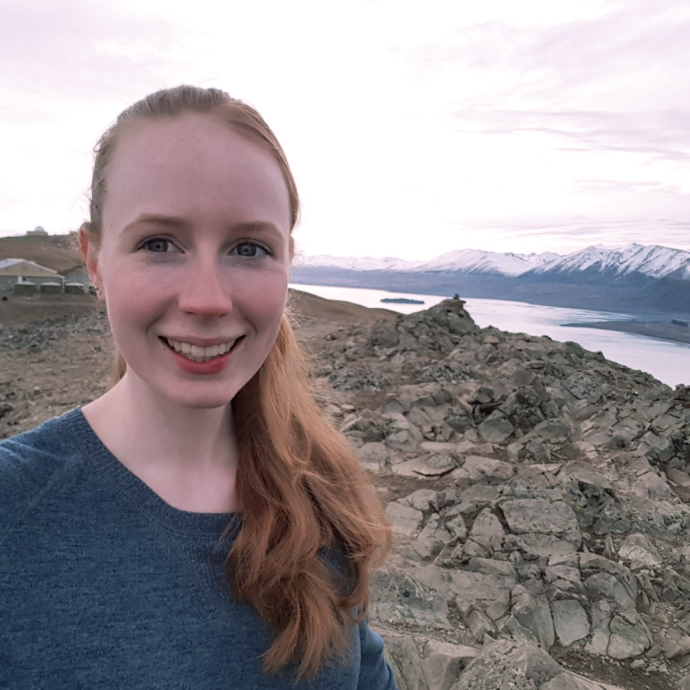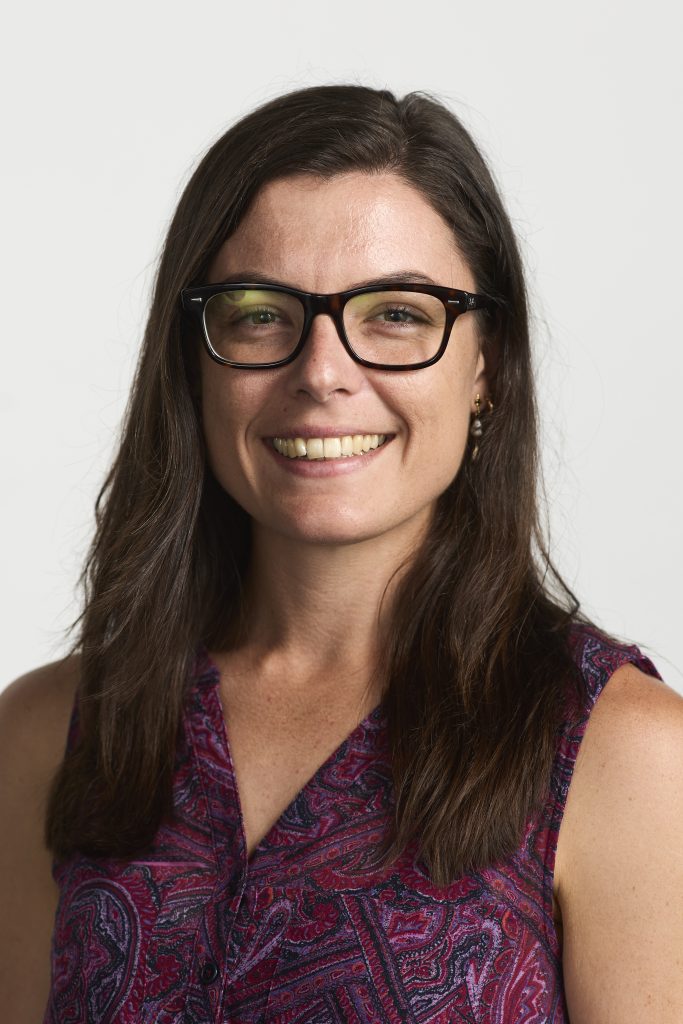Anyone can be a scientist.

I started university with no idea what I wanted to do, so I applied for a double degree in biology and history, the two subjects I liked most in high school. I worked out pretty early on that biology was the one I wanted to do as a career, but the degree in history helped me a lot with writing and critical thinking. After my bachelor’s degrees were finished, I completed an honors year in ecology, mostly as a way to see if I liked academia. My project focused on the impacts of environmental stress and population decline on the behavior of the eastern grey kangaroo. I’ve always liked knowing how things worked, and doing my own research was something that I enjoyed very much. I applied for a PhD candidature and was accepted, now I’m two years in and continuing my research into kangaroo behavior. STEMM is a great way for curious people to find out more about the world, and contribute to the collective knowledge in their relevant fields. Often people make the mistake of thinking that STEMM is only for the top percentile of people, but all you really need to succeed is a passion for learning and the dedication to follow that through until you have your results. STEMM is for everyone.

